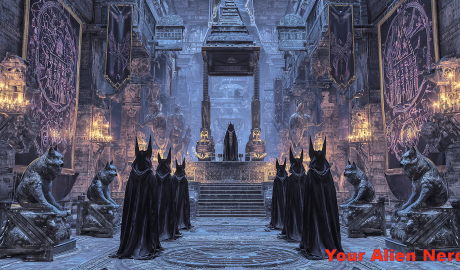THE EMPIRE CAN WAIT – CHAPTER 3, PART 4
The last seven, eight years, there’s been funny stuff out there, out on theconsole cowboy circuit… Thrones and dominions… Yeah, there’s things out there.Ghosts, voices. Why not? Oceans had mermaids, all that shit, andwe had a sea of silicon, see? Sure, it’s just a tailored hallucinationwe all agreed to have,Continue Reading









